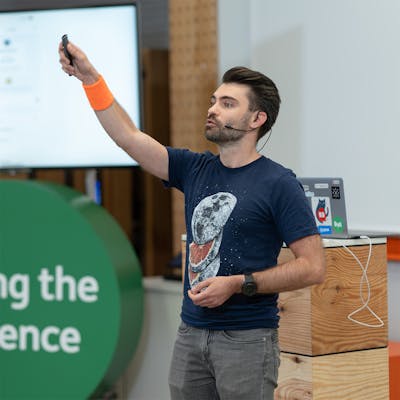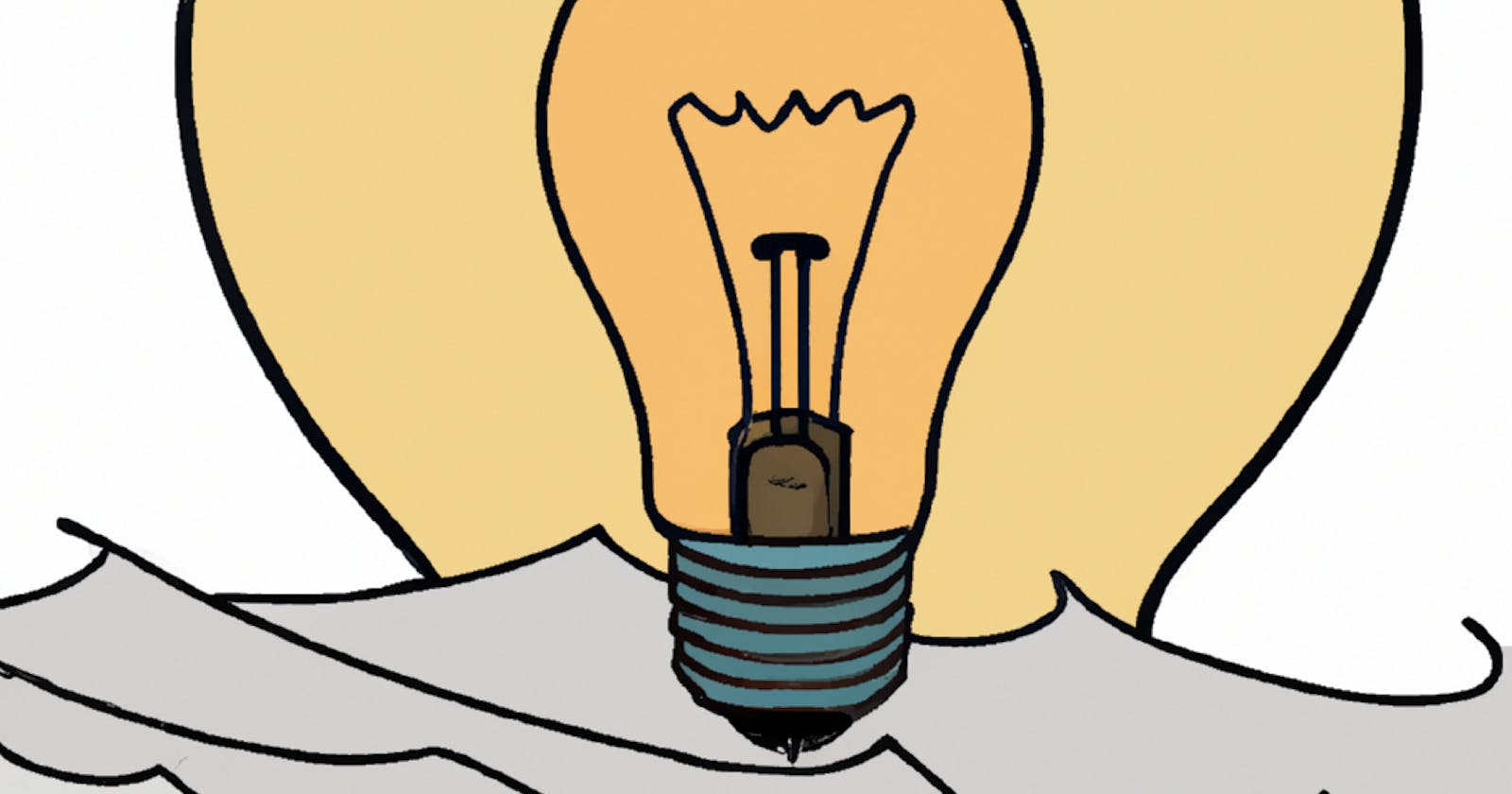Sooner rather than later, you will face the fact that you'll want to experiment with building a project on top of open ai. Let's face it - we've all been sick of building Todo apps just for the sake of learning a new language or framework; and guess what, this time, not even a Hello World or a Todo-App will cut it! I'm going to provide you with a simple framework for coming up with a product idea if asked to build a project based on OpenAI's APIs.
As I was saying, this is a framework for brainstorming initial ideas. Don't rush me into theory on Product design. It's up to you to iterate on the ideas you will produce, by using Design Thinking and other techniques as such. You're free to start writing your business canvas.
But before experimenting and pivoting on a solution, you first need to find the problem to address. And that's why "thinking of an idea of an app that does something" just so you can practice or learn a new technology is so difficult: because rarely do we search for a market of customers, just because we have a certain technology at hand. It's like buying a fancy hammer, before knowing whether you'd have any bolts to hammer in.
Offers vs Ameliorates
It comes down to understanding what the technology offers and what problems it ameliorates. It's a subtle difference, and it's easier to explain by using an example. If we look at Dall-E, it offers a way to generate images based on a natural language definition. But it can ameliorate a lot of needs, such as obtaining images based on a brief description, ready to be used, without the hassle of contracting and/or paying for a license. Maybe you're a magazine editor or a publisher looking for your next cool book cover. The cover of this article was generated by Dall-E using the prompt "a lightbulb surfing a wave".
Once we figured that out, we move on to synergies: yes, you guessed it, combining the technology advantage with your added value, if they're a good mix!
Your Added Value
A good example of added value here is unique data. Something no other possesses. Do you have an encyclopedia you built on all possible water sprinklers ever produced? Do you have unique cooking recipes from your ancestors? Extensive documents of architecture in your organisation? All of these may be the subject of your next unique idea. It doesn't even need to be structured data, because that's something OpenAI can do for you. Just try to match your data with the technology offerings in order to list new problems your potential solution ameliorates.
Water with a drop of dish soap
When practising the steaming of the milk for latte art, using an espresso, a fairly good replacement for actual milk is water plus a drop of dish soap. Works like a charm fairly similar to milk.
You can do the same by looking for synthetic data or producing it yourself. And you can do that with GPT itself ;) I found this data set on data.world (under BY-NC-SA license by Datafiniti). It contains a bunch of customer reviews of their purchases - mainly Amazon hardware products, such as Kindle. I created a prompt where I asked for the topic to be changed to something that I needed the reviews to be about.
I.e., if we consider this real review of Kindle Paperwhite:
Great for those that just want an e-reader I am enjoying it so far. Great for reading. Had the original Fire since 2012. The Fire used to make my eyes hurt if I read too long. Haven't experienced that with the Paperwhite yet.
..when asked to change the topic to a restaurant, "text-davinci-003" model will return:
Great for those that just want a meal I am enjoying it so far. Great for dining. Had the original restaurant since 2012. The restaurant used to make my stomach hurt if I ate too much. Haven't experienced that with this restaurant yet.
The repo is on my Github; please pardon my clumsiness in Python and pandas - it's been a while (about 8 years since I last wrote some py; but not much has changed I see).
Iterate
This. This is the part where you dive into Design thinking methodology; of course, if you want to go out there and build a service for actual users.
Otherwise, if you just want to try out your technology of choice, simply start prototyping your fresh idea.
How did you find your latest idea?

